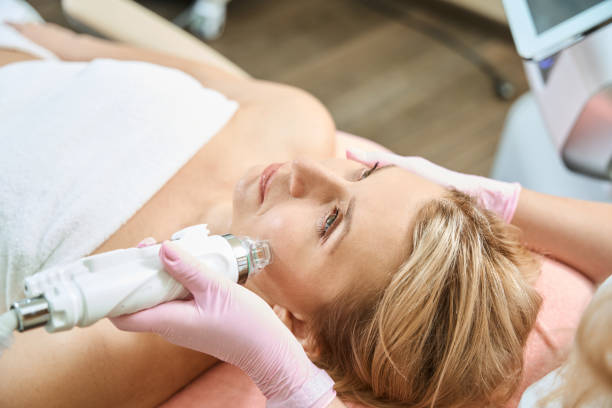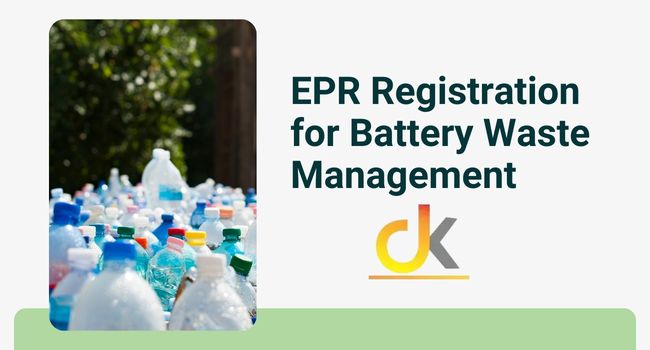Mastering PMU Numbing: Enhancing Client Comfort and Treatment Efficacy

Permanent makeup (PMU) procedures involve implanting pigments into the skin’s surface, which can cause discomfort due to the sensitivity of facial skin. While the degree of pain varies, topical numbing agents are essential to ensure client comfort. This not only improves the overall experience but also helps the artist achieve optimal results. Minimizing discomfort builds trust, promotes positive client feedback, and ultimately contributes to the success of a PMU practitioner.
Understanding PMU Numbing
How Does PMU Numbing Function?
Topical anesthetics used in PMU procedures contain ingredients that temporarily block nerve endings from sending pain signals to the brain. These creams or gels provide a numbing sensation, but their effects are short-term and primarily affect the skin’s surface. For this reason, PMU artists often use a two-stage approach: primary numbing is applied before the procedure begins, and secondary numbing is used once the skin is broken to maintain the effect.
Types of Topical Anesthetics
To help manage the discomfort of permanent makeup (PMU) procedures, specialists often use topical anesthetic numbing creams. These come in two main categories:
Primary Numbing: This type is applied to your skin before the tattooing starts to reduce the initial discomfort.
Secondary Numbing: Once the skin is broken, secondary numbing creams help keep the area numb throughout the rest of the procedure.
Important Note: Not all numbing creams can be used for both the start of a procedure and during it. Your PMU artist will pick the right type of numbing cream for your needs and the specific procedure.
Did you Know?Zensa numbing cream is unique because it can be used as both a primary and secondary numbing cream: Key Ingredients: The main active ingredient in Zensa is 5% lidocaine, a common topical anesthetic. Other ingredients might include Vitamin E, which has anti-inflammatory properties to help with skin healing. |
Key Components of Topical Anesthetics
Lidocaine serves as the primary active ingredient in most PMU numbing creams, offering reliable anesthetic effects. Formulations typically contain up to 5% lidocaine, as regulations often restrict PMU artists from using higher concentrations. Tetracaine and benzocaine are also frequently included to address potential variations in individual responses to numbing agents. Additionally, secondary numbing creams often incorporate vasoconstrictors like epinephrine to minimize bleeding, promote prolonged numbness, and reduce post-procedure redness and swelling.
Considerations for Optimal Numbing
Numbing agents come in various consistencies, from thicker creams to gels and liquids. The ideal consistency depends on the specific PMU procedure and area. Thicker creams offer better localized numbing and stay in place, making them suitable for smaller, focused areas. Gels and liquids spread easily for larger procedures. Your artist will consider the treatment area, technique, and your comfort level when choosing the best consistency to ensure optimal numbing effectiveness.
Maximizing Numbing Effects
Beyond selecting the right numbing agent, several techniques can help optimize its effectiveness during your PMU procedure:
Exfoliation: Gently exfoliating the treatment area beforehand can improve the absorption of the numbing cream.
Occlusion: Applying plastic wrap over the numbing agent creates an occlusive barrier, trapping heat and moisture to enhance the numbing effect.
Petroleum Jelly: While a bit messier, a thin layer of petroleum jelly over the numbing cream can act as an additional occlusive layer for potentially stronger numbing. The numbing cream can enhance its efficacy, though it may be messier to remove.
Specialized Numbing Techniques
Different PMU treatments may require tailored numbing approaches:
Eyebrow PMU: For microblading, use watery numbing formulas to maintain skin firmness. Thoroughly clean the area afterward to remove residue and ensure even numbing.
Permanent Eyeliner: Opt for non-runny, pH-neutral formulas to minimize the risk of eye irritation.
Lip Tattoos: Stretch the lips during numbing for even coverage and prioritize gentle exfoliation beforehand for optimal absorption.
PMU Removal: Avoid numbing creams containing vasoconstrictors, as bleeding helps with the pigment removal process.
Storage and Safety Considerations
All numbing formulas should be stored in cool, dark places, with some requiring refrigeration after opening. Always refer to the specific product instructions for storage guidelines. It is essential to purchase numbing products from reputable suppliers to ensure safety and effectiveness. Avoid counterfeit products, as they may contain harmful ingredients that can compromise your health and the results of your PMU procedure.
Conclusion
A thorough understanding and skillful application of PMU numbing techniques are crucial for maximizing client comfort and achieving optimal results. By selecting the right numbing agents, utilizing effective application strategies, and tailoring the approach to the specific procedure, practitioners can significantly enhance the overall PMU experience for their clients.










